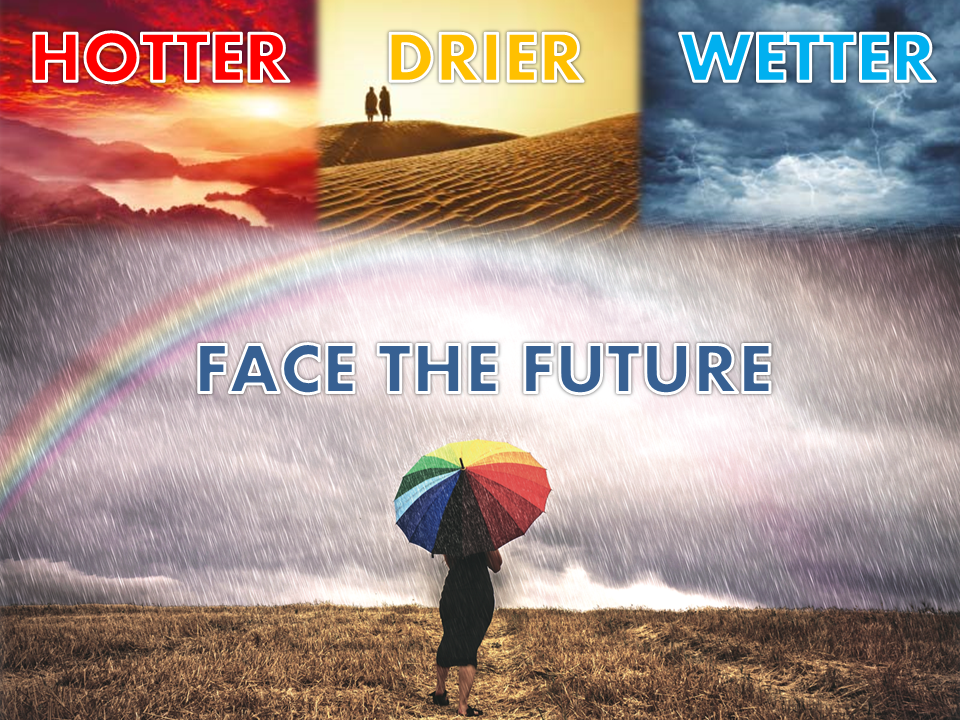As we celebrate World Meteorological Day 2016, we are calling all avid shutterbugs to take this opportunity to showcase your best photographs which depict this year’s theme:
Photographs should be of locations in Singapore and Southeast Asia. Selected photographs will be featured on our website and used in other MSS educational and publicity material that reach a wide audience. In addition, winners will get a copy of“The Weather and Climate of Singapore”, a book written by a senior meteorologist in MSS!
Please email your photographs to NEA_MSS_Engage@nea.gov.sg with the subject “WMD2016 Photo Competition” with your name, and include a brief description of where and when they were taken. Submitted photographs should have a minimum resolution of 640 x 480 pixels. Closing date: 31 Mar 2016.
*NOTE* You hereby agree that by your actions of sending MSS the photographs, you permit MSS to have the non-exclusive license/right to use such submissions for its official publications.
More About World Meteorological Day 2016
World Meteorological Day commemorates the entry into force of the World Meteorological Organisation (WMO) Convention which created the organisation in 1950. The day also recognises the work of meteorologists from across the globe. Each year, on 23 March, Singapore joins the other members of WMO to celebrate World Meteorological Day around a chosen theme. The theme for 2016 is: “Hotter, Drier, Wetter. Face the Future.”
HOTTER: In 2015 heatwaves affected Europe, northern Africa and the Middle East through the late spring and summer, with many new temperature records set. July brought heat waves to a large area from Denmark in the north, to Morocco in the south and Iran in the east. The heat continued in August and into September, shifting further into Eastern Europe.
DRIER: In 2015 dry areas included Central America and the Caribbean, northeast South America including Brazil, parts of central Europe and Russia, parts of Southeast Asia, Indonesia and southern Africa. In Western North America, long-term drought conditions continued. Basins across the west depend on snowpack as a water resource. On 1 April, the snow water equivalent was 5% of normal.
WETTER: In 2015 areas of high rainfall included: southern areas of the USA, Mexico, Bolivia, southern Brazil, southeast Europe, areas of Pakistan and Afghanistan. Heavy rain in January led to flooding in Malawi, Zimbabwe and Mozambique, and in February it affected Morocco, Algeria and Tunisia. 2015 saw exceptional seasonal rainfall totals in several parts of Burkina Faso and Mali.
FACE THE FUTURE: Fortunately, the world’s governments are now fully convinced of the scientific evidence of climate change and the need to take urgent action. More research and investment is needed for advancing low-carbon technologies, particularly in the energy sector. But already many policies, technologies and actions are available, and their deployment needs to be scaled up. Individual citizens, community leaders, businesses, civil society organisations, governments and the United Nations system must all contribute.
Singapore’s National Climate Change Study Findings
Phase 1 of the Second National Climate Change Study was led by MSS’ Centre for Climate Research Singapore (CCRS). Findings were released on 15 April 2015. The study involved tailored climate projections for Singapore which were of a higher spatial resolution than the global dataproduced under the Inter-governmental Panel on Climate Change (IPCC) 5th Assessment Report (AR5). The Second National Climate Change Study projects that Singapore will experience significant changes in sea-level, temperature and rainfall (see infographic below).
Click here to learn more about this study


